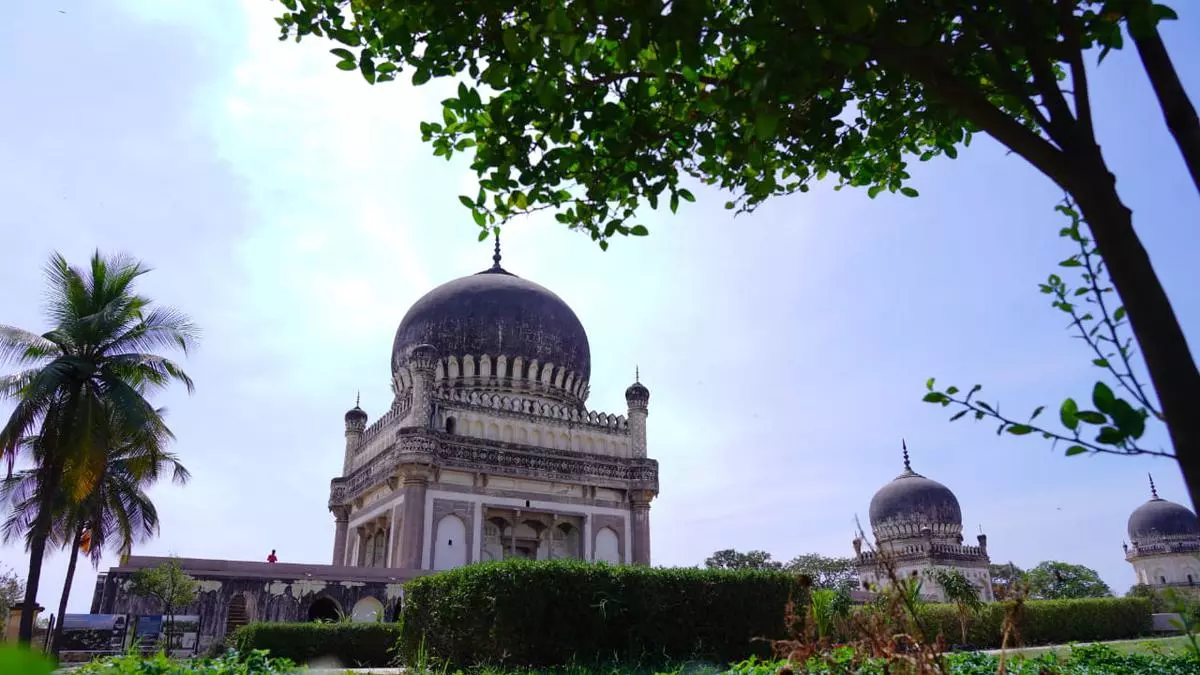The historic Qutub Shahi tombs in Hyderabad have been digitized into a digital twin by Hexagon, a reality technology solutions company. This digital twin offers a virtual representation of the tombs, aiding in various applications such as understanding, testing, and decision-making.
Process of Digitization
Hexagon utilized drone scanners to capture over 10.7 billion data points, covering an area of 10,000 square meters. This process took just 8 minutes, and advanced geo-referencing technologies ensured high accuracy, up to 1 centimeter, in geotagging the models. The captured data amounted to 600 GB, forming the foundation for the creation of the digital twin.
Benefits of Digital Twin
- Understanding and Testing:
- A digital twin provides a comprehensive understanding of physical objects or processes.
- It facilitates testing of solutions or designs through simulation, aiding in saving time and resources.
- Decision-making and Analytics:
- The digital twin enables data-driven decision-making.
- Real-time analytics, visualizations, and simulations are made possible, enhancing the decision-making process.
Presentation and Significance
Paolo Guglielmini, President and CEO of Hexagon, presented the digital twin of the Qutub Shahi tombs to Jayesh Ranjan, Principal Secretary (IT and Industries), Telangana Government. This initiative showcases the integration of innovative technologies to preserve historical sites while advancing smart city initiatives.
Technological Integration
Hexagon leveraged a suite of cutting-edge software and hardware technologies, including 3D scanning, geospatial mapping, and reality capture, to generate the digital twin. This integration demonstrates the company’s commitment to technological advancement and innovation.
About Hexagon
Hexagon is a Nasdaq Stockholm listed company with a global presence, employing about 24,500 individuals across 50 countries. The company’s R&D center in India is its largest globally, housing over 2,000 engineers and developers.
Multiple Choice Questions (MCQs) with Answers:
- What is a digital twin?
- A) A physical replica of an object
- B) A virtual model of an object, system, or process
- C) A scanned image of an object
- D) A hand-drawn representation of an object
- Answer: B) A virtual model of an object, system, or process
- What technology was primarily used to capture data for the digital twin of the Qutub Shahi tombs?
- A) Lidar
- B) Satellite imaging
- C) Drone scanners
- D) Ground-penetrating radar
- Answer: C) Drone scanners
- How long did it take for the drone scanners to capture the necessary data?
- A) 15 minutes
- B) 8 minutes
- C) 30 minutes
- D) 1 hour
- Answer: B) 8 minutes
- What is one of the benefits of a digital twin mentioned in the text?
- A) Increased historical preservation
- B) Enhanced aesthetic appeal
- C) Real-time analytics and simulations
- D) Reduction in data storage requirements
- Answer: C) Real-time analytics and simulations
